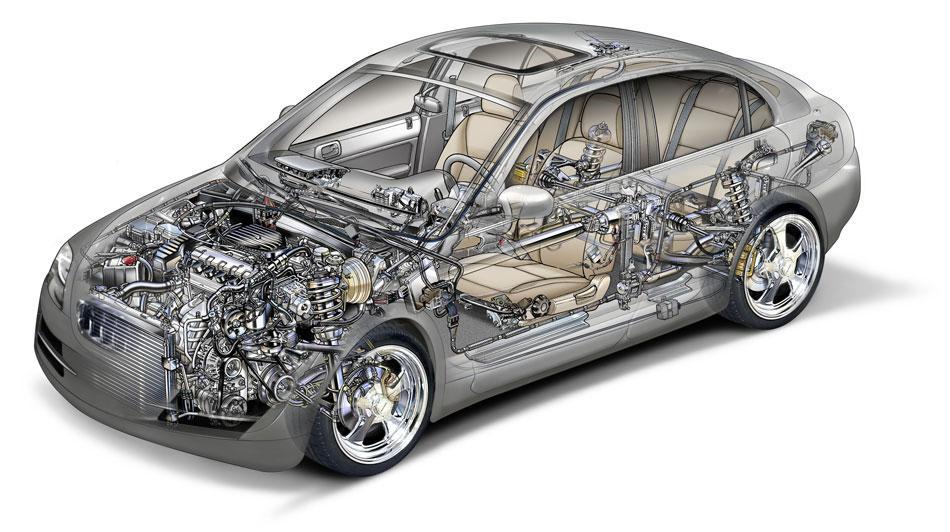
i-Size car seat regulations come into force
i-Size approved seats will keep babies rear facing until fifteen months old
The government has just updated its law on child car seats. But the fresh i-Size regulations are proving to be confusing. Here’s what you need to know about buying child car seats from now on:
All car seats must pass certain tests before they can go on sale. The fresh European standard for child car seats, known as i-Size, forms part of fresh regulation ECE R129.
The R129 – aka i-Size – regulation makes it mandatory for babies to stay rear facing until they are fifteen months old. It will also switch the way parents buy a fresh car seat – based on a child’s height rather than the current weight groups.
1) Do I need to rush out buy a fresh car seat?
No. The current R44.04 car seat regulation will run alongside R129 for a while yet. R44.04 will eventually be phased out, but this is not expected to happen for several years.
If you presently have a car seat approved to R44.04 regulations (you can check by looking for those letters and numbers on the seat or on its label) you do not need to buy a fresh car seat and can proceed to use the one you have.
Joie (pictured) Maxi-Cosi and Concord all produce i-Size approved car seats
i-Size car seats cannot be linked to a car using a seat belt, so if you do not have ISOfix points in your car (maybe because it’s an older model) then you won’t be able to use a fresh style i-Size car seat with your current car anyway. But you will still be able to buy car seats approved under both regulations, so don’t scare, you won’t need to substitute your car either.
Looking for a car seat that’s performed well in our Which? independent safety tests? Browse our car seats Best Buys.
Two) How does i-Size make travelling with a baby safer?
i-Size makes travelling with a baby safer in three ways:
- Child car seats will be lighter to fit.
- i-Size provides better protection from side impacts.
- i-Size makes it mandatory for babies to stay rearward facing until they are fifteen months old, which is safer in the event of a collision.
Trio) How do I know my child is ready to budge to the next size child car seat?
i-Size seats are based your child’s height rather than weight. As parents are deemed to know their child’s height better than their weight, it should make it lighter to work out if the seat is suitable for your child and when he or she is ready to budge into a larger seat. Your child will outgrow the seat once he or she exceeds the maximum height stated on that car seat’s label.
Four) Why is rearward facing in a car seat for longer, safer?
Babies and children are not mini adults, their bones and skeletons are different and need much more protection from the compels in a crash.
Interchanging your baby to forward facing when he or she is as youthfull as nine-months or 9kg exposes your baby to more danger in the event of a front influence car crash. Because a baby’s head is fatter in proportion to the rest of their assets, when the head is thrown forward through the force of the crash, there is more of a risk of spinal and neck injuries.
It’s safest to keep babies in their rearward-facing infant carrier for as long as possible. Don’t be tempted to exchange your baby forward-facing until he or she has:
- Reached fifteen months of age, or
- Reached the weight limit for their current seat, or
- The crown of their head is level with the top of the car seat (which means it won’t be protected in a crash)
Keeping your baby in their infant carrier for as long as possible also saves money as it means you don’t need to buy a fresh car seat right now.
Five) How does i-Size make fitting car seats lighter?
The idea behind i-Size is that in the future all car seats will fit in all cars. Anyone buying a car or a car seat will, eventually, just need to look for the i-Size logo on both the car and the car seat. All i-Size car seats use ISOfix, a fitting system that links car seats directly to the framework of your car using connectors. Your car must also have ISOfix. Generally, ISOfix car seats are more elementary to fit than car seats that use the vehicle’s seat belt.
The downside, at the moment, is that there are still only a very puny number of i-Size approved cars available to buy. So you’ll need to check with your car’s manufacturer before buying an i-Size car seat.
If you’re buying a fresh child car seat (whatever the make, model or regulation) we’d recommend you get it fitted by an experienced.